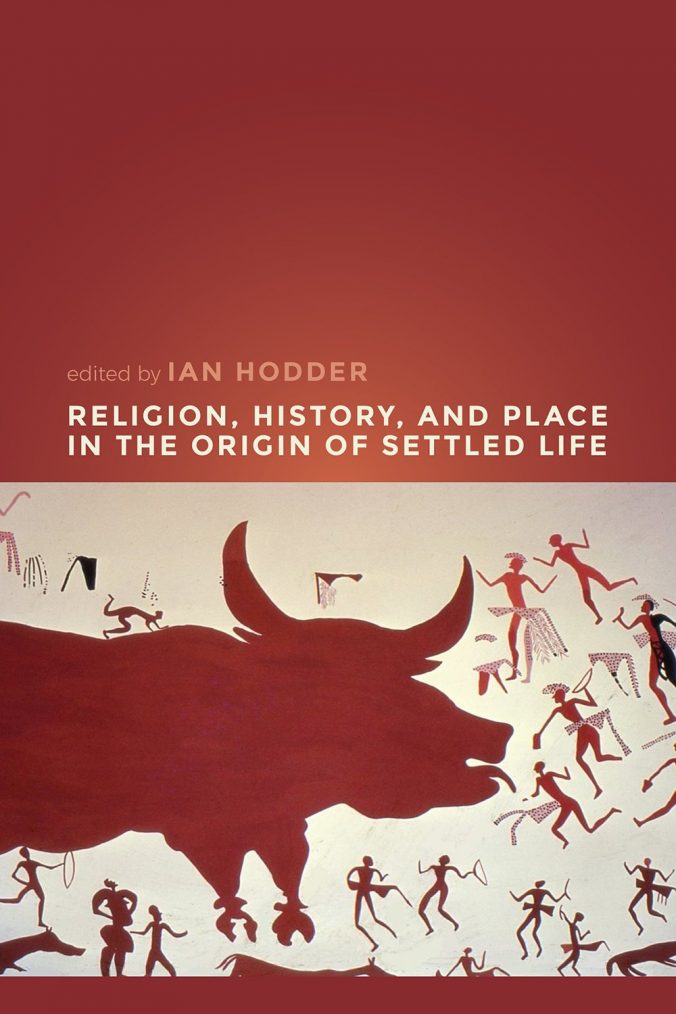With “Religion, History, and Place in the Origin of Settled Life” (Boulder, Colorado 2018) [external link] recently a new volume edited by Ian Hodder, Dunlevie Family Professor in the Department of Anthropology at Stanford University and best known for his groundbreaking research at Neolithic Çatalhöyük in Turkey, has been published by University Press of Colorado on the role of religion and ritual in the Middle East, focusing on the repetitive construction of houses and cult buildings.
Göbekli Tepe research staff gladly provided some new insights into ongoing research on the site and its interpretation to this volume with a contribution on “Establishing Identities in the Proto-Neolithic: ‘History Making’ at Göbekli Tepe from the Late Tenth Millennium cal BCE” by Lee Clare, Oliver Dietrich, Jens Notroff, and Devrim Sönmez (pp. 115-136):
“Göbekli Tepe in southeast Turkey is a long recognized key site for the study of socio-ritual components of transitional Neolithic communities living in Upper Mesopotamia, a core zone of Neolithization, in the late tenth millennium cal bce. In addition to the construction of the large monumental buildings with their T-shaped monoliths, these groups can be credited with early domestication activities involving wild plant and animal species, which from the mid-ninth millennium cal BCE began to show characteristic morphological changes associated with the emergence of identifiable domesticated forms. Ritual practices and belief systems identified at Göbekli Tepe provide unprecedented insights into the worldview of these ‘proto-Neolithic’ communities at this important juncture in world history. Not only this, the site offers explanations as to how these groups could have overcome various challenges presented by ‘Neolithization’ processes, including demographic growth, increasing competition over biotic and abiotic resources, and a more pronounced vertical social differentiation, with division of labor and craft specialization. In this contribution, it is posited that ‘history making’ at Göbekli Tepe, as reflected, for example, through repititive building activities at the site, could have been used to encourage group identity and to promote a sense of belonging to a common ‘cultic community’, so important in the face of these challenges. Furthermore, it is proposed that these same ‘history making events’ might also have been harnessed by individuals and sub-groups in an attempt to legitimize social status and local, perhaps even regional political influence.”
Book Details
Hardcover ISBN: 978-1-60732-736-3
Hardcover Price: $75.00
EISBN: 978-1-60732-737-0
Ebook Price: $60.00
Publication Month: July
Publication Year: 2018
Pages: 306
Illustrations: 63 figures
(Detailed table of contents and introduction chapter available on publishers website.)

Recent Comments